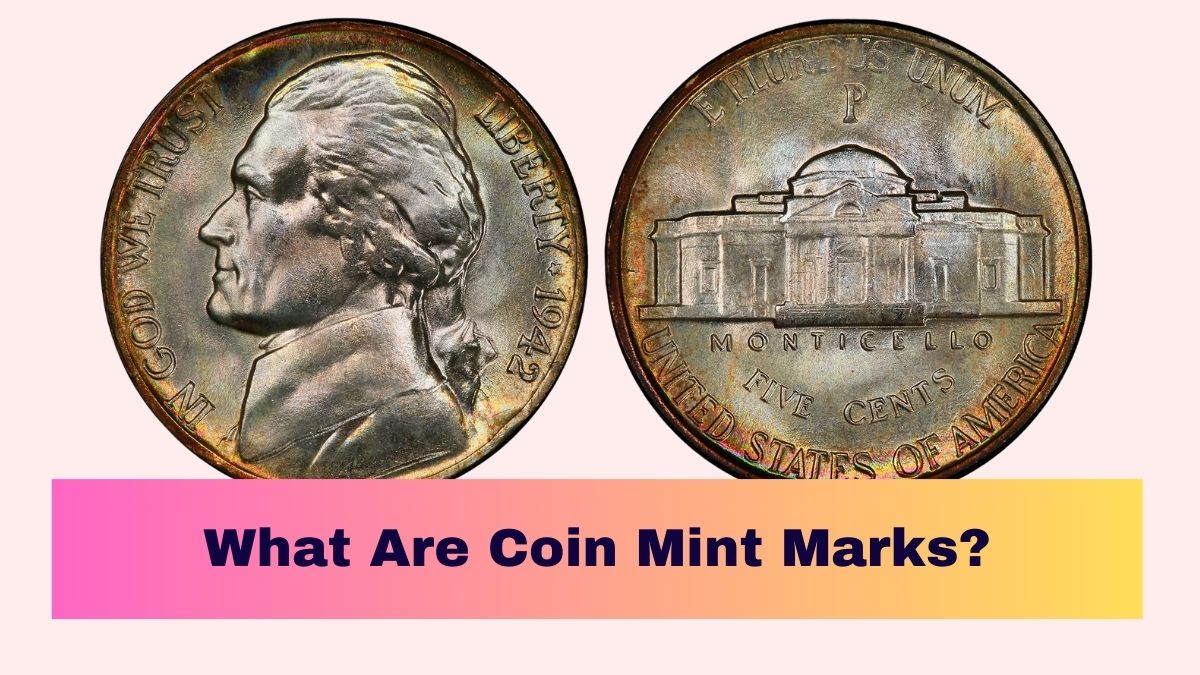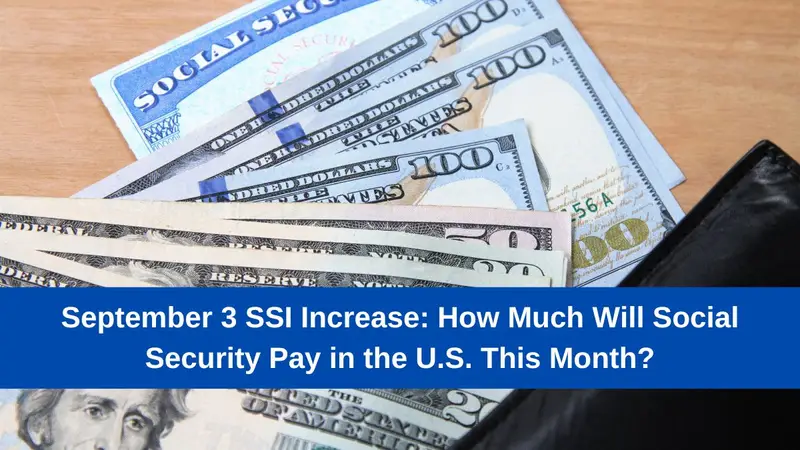Mint marks are small, yet crucial details on coins that reveal where they were produced. They serve not only as identifiers but also as indicators of historical, geographical, and economic significance.
In this article, we’ll dive deep into what mint marks are, their history, their importance, and how they can affect the value of your coins.
Whether you are a seasoned numismatist or a casual collector, understanding mint marks is essential to fully appreciate the coins in your collection.
What Are Coin Mint Marks?

A mint mark is a letter, symbol, or design engraved on a coin to denote the minting facility where the coin was produced.
These marks help distinguish coins produced in different locations or times, offering insight into their origin and the historical context of their manufacture.
History of Mint Marks
Mint marks have been used for centuries. The practice began in ancient civilizations, including Greece and Rome, where mint marks were used to identify the minting authority.
Over time, their use expanded and evolved, particularly with the establishment of national mints in the 18th and 19th centuries. In the United States, for example, mint marks have been used since the early 19th century to indicate coins produced at different facilities.
Types of Mint Marks
Mint marks come in various forms, and their designs can vary significantly depending on the mint and era. Here are the most common types of mint marks:
- Letter Mint Marks: Letters such as “P,” “D,” “S,” and “W” denote different mints. For example, “P” stands for the Philadelphia Mint, “D” for Denver, “S” for San Francisco, and “W” for West Point.
- Symbolic Mint Marks: In some cases, symbols or engravings are used instead of letters. For example, early American coins featured a small “C” or “D” for the Charlotte and Dahlonega mints respectively.
- Combination Marks: Some coins feature a combination of letters and symbols to denote the mint. For example, certain historic coins have a mint mark with a small “O” for the New Orleans Mint.
Why Mint Marks Matter
Mint marks are essential for several reasons:
- Identification: They help identify the origin of a coin, which is crucial for collectors who seek specific types or years of coins.
- Rarity and Value: Coins with certain mint marks can be rarer than others, affecting their value. For instance, coins from older or less commonly used mints often command higher prices.
- Historical Context: Mint marks provide historical context, helping collectors and historians understand the economic and political conditions of the time when the coin was minted.
Mint Marks in the United States
The United States has several notable mints, each with its own mint mark. Here’s a brief overview of the primary mints and their respective marks:
| Mint Location | Mint Mark | Notable Coins |
|---|---|---|
| Philadelphia Mint | P | American Gold Eagle, Lincoln Cent |
| Denver Mint | D | Roosevelt Dime, Denver Mint Mark Coins |
| San Francisco Mint | S | Silver Dollars, San Francisco Mint Mark Coins |
| West Point Mint | W | American Silver Eagle, West Point Mint Coins |
| New Orleans Mint | O | Liberty Seated Dollar, New Orleans Mint Coins |
| Charlotte Mint | C | Charlotte Mint Gold Coins |
| Dahlonega Mint | D | Dahlonega Mint Gold Coins |
How to Identify Mint Marks
Identifying mint marks involves examining the coin closely. They are usually located on the reverse side of the coin, though their exact position can vary.
Use a magnifying glass or a coin loupe to inspect the area where the mint mark is located. The mint mark is often near the date or within the design elements of the coin.
Examples of Famous Coins with Mint Marks
- 1916-D Mercury Dime: Known for its scarcity, this coin’s mint mark is a significant factor in its value.
- 1909-S V.D.B. Lincoln Penny: The “S” mint mark is crucial in determining the coin’s rarity and value.
- 1921 Peace Dollar: The “S” mint mark on this coin makes it particularly sought after by collectors.
The Impact of Mint Marks on Coin Value
Mint marks can significantly influence a coin’s value. Coins with rare mint marks or those produced in limited quantities often have higher value.
For example, a 1937-D Buffalo Nickel is much more valuable than its non-mint marked counterparts due to its limited production and rarity.
Future of Mint Marks
With technological advancements, the future of mint marks might involve more sophisticated tracking systems and digital identifiers. However, traditional mint marks will likely remain an important aspect of coin collecting for their historical and aesthetic value.
Conclusion
Understanding coin mint marks adds depth to the appreciation of numismatics. From their historical significance to their impact on value, mint marks are more than just small letters or symbols—they are keys to unlocking the story behind each coin.
Whether you are a seasoned collector or just starting out, knowing about mint marks can enhance your collecting experience and provide valuable insights into the coins you cherish.
FAQs
1. What does a mint mark on a coin mean?
A mint mark indicates the minting facility where the coin was produced. It helps identify the origin and can influence the coin’s rarity and value.
2. How do I find the mint mark on a coin?
Mint marks are usually found on the reverse side of the coin. Use a magnifying glass to inspect the area near the date or design elements.
3. Do all coins have mint marks?
No, not all coins have mint marks. Some coins, especially those from earlier periods or certain countries, may not feature mint marks.
4. Why are some mint marks more valuable than others?
Mint marks that indicate limited production or coins from less common mints are often more valuable due to their rarity.
5. Can mint marks change over time?
Yes, mint marks can change as new mints are established or old ones are closed. This can affect the historical and collectible value of coins.















